Château du Haut-Koenigsbourg
The Château du Haut-Koenigsbourg (French: [ʃɑto dy o kœniksbuʁ]; German: Hohkönigsburg), sometimes also Haut-Kœnigsbourg, is a medieval castle located in the commune of Orschwiller in the Bas-Rhin département of Alsace, France. Located in the Vosges mountains just west of Sélestat, situated in a strategic area on a rocky spur overlooking the Upper Rhine Plain, it was used by successive powers from the Middle Ages until the Thirty Years' War when it was abandoned. From 1900 to 1908 it was rebuilt at the behest of the German kaiser Wilhelm II. Today it is a major tourist site, attracting more than 500,000 visitors a year.
The Buntsandstein cliff was first mentioned as Stofenberk (Staufenberg) in a 774 deed issued by the Frankish king Charlemagne. Again certified in 854, it was then a possession of the French Basilica of St Denis and the site of a monastery.
Middle Ages Castle ruins, 1851
Castle ruins, 1851It is not known when the first castle was built. However, a Burg Staufen (Castrum Estufin) is documented in 1147, when the monks complained to King Louis VII of France about its unlawful construction by the Hohenstaufen Duke Frederick II of Swabia. Frederick's younger brother Conrad III had been elected King of the Romans in 1138, to be succeeded by Frederick's son Frederick Barbarossa in 1152, and by 1192 the castle was called Kinzburg (Königsburg, "King's Castle").
In the early thirteenth century, the fortification passed from the Hohenstaufen family to the dukes of Lorraine, who entrusted it to the local Rathsamhausen knightly family and the Lords of Hohenstein, who held the castle until the fifteenth century. As the Hohensteins allowed some robber barons to use the castle as a hideout, and their behaviour began to exasperate the neighbouring rulers, in 1454 it was occupied by Elector Palatine Frederick I and in 1462 was set ablaze by the unified forces of the cities of Colmar, Strasbourg, and Basel.
In 1479, the Habsburg emperor Frederick III granted the castle ruins in fief to the Counts of Thierstein, who rebuilt them with a defensive system suited to the new artillery of the time. When in 1517 the last Thierstein died, the castle became a reverted fief and again came into the possession of the Habsburg emperor of the day, Maximilian I. In 1633, during the Thirty Years' War in which Catholics forces fought Protestants, the Imperial castle was besieged by Protestant Swedish forces. After a 52-day siege, the castle was burned and looted by the Swedish troops. For several hundred years it was left unused, and the ruins became overgrown by the forest. Various romantic poets and artists were inspired by the castle during this time.
19th century renovation Marienburg Castle, Malbork, Poland.
Marienburg Castle, Malbork, Poland.The ruins had been listed as a monument historique of the Second French Empire since 1862 and were purchased by the township of Sélestat (or Schlettstadt) three years later. After the Franco-Prussian War of 1870 to 1871 the region was incorporated into the German Imperial Territory of Alsace-Lorraine, and in 1899 the citizens granted what was left of the castle to the German emperor Wilhelm II. Wilhelm wished to create a castle lauding the qualities of Alsace in the Middle Ages and more generally of German civilization stretching from Hohkönigsburg in the west to (likewise restored) Marienburg Castle in the east. He also hoped the restoration would reinforce the bond of Alsatians with Germany, as they had only recently been incorporated into the newly established German Empire. The management of the restoration of the fortifications was entrusted to the architect Bodo Ebhardt, a proven expert on the reconstruction of medieval castles. Work proceeded from 1900 to 1908. On May 13, 1908, the restored Hohkönigsburg was inaugurated in the presence of the Emperor. In an elaborate re-enactment ceremony, a historic cortege entered the castle, under a torrential downpour.
Ebhardt's aim was to rebuild it, as near as possible, as it was on the eve of the Thirty Years' War. He relied heavily on historical accounts but, occasionally lacking information, he had to improvise some parts of the stronghold. For example, the Keep tower is now reckoned to be about 14 metres too tall. Wilhelm II, who regularly visited the construction site via a specially built train station in nearby Saint-Hippolyte, also encouraged certain modifications that emphasised a Romantic nostalgia for Germanic civilization. For example, the main dining hall has a higher roof than it did at the time, and links between the Hohenzollern family and the Habsburg rulers of the Holy Roman Empire are emphasized. The Emperor wanted to legitimise the House of Hohenzollern at the head of the Second Empire, and to assure himself as worthy heir of the Hohenstaufens and the Habsburgs.
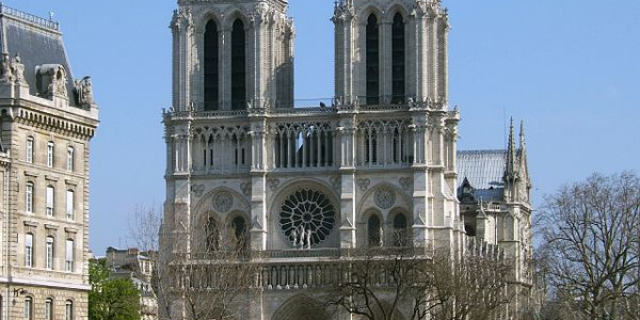












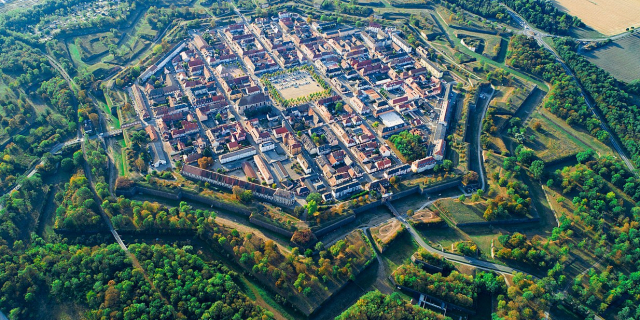

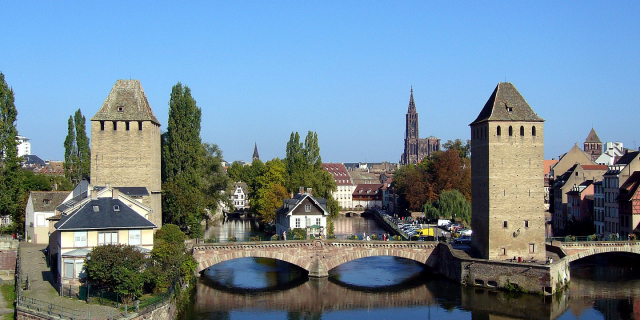

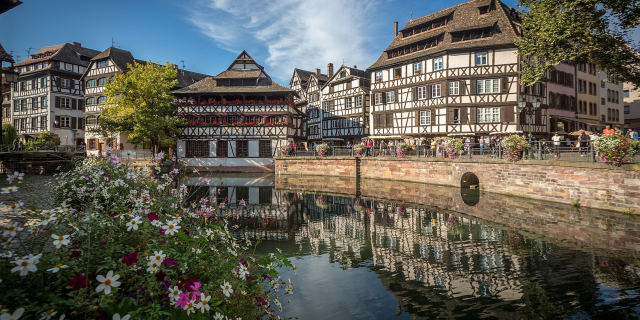

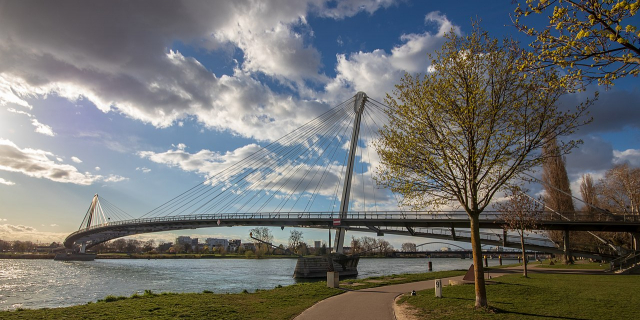
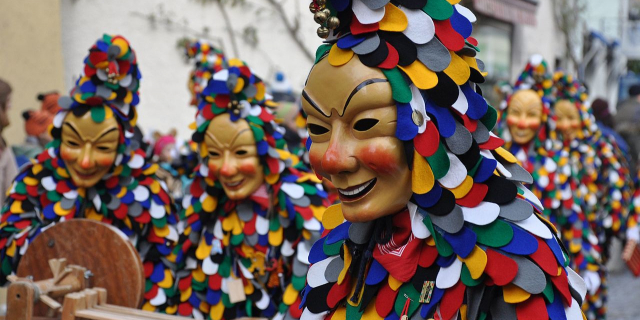

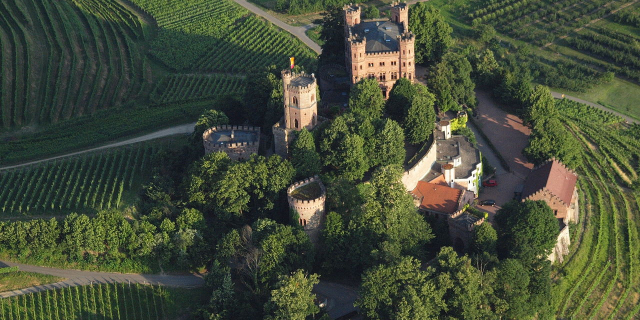



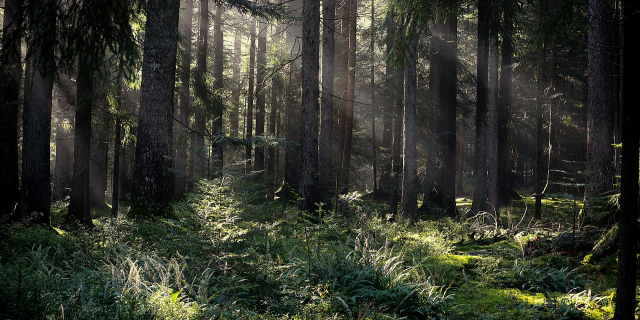

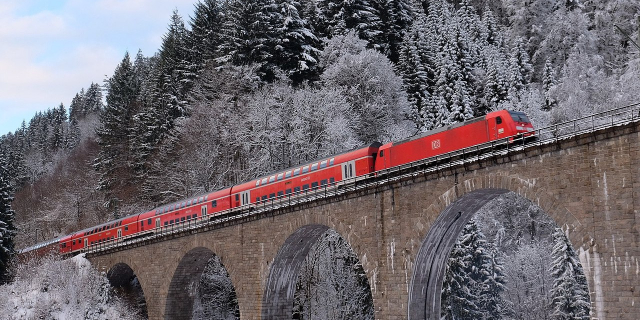

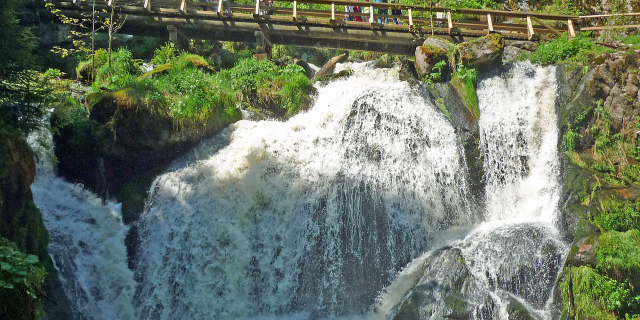
Add new comment